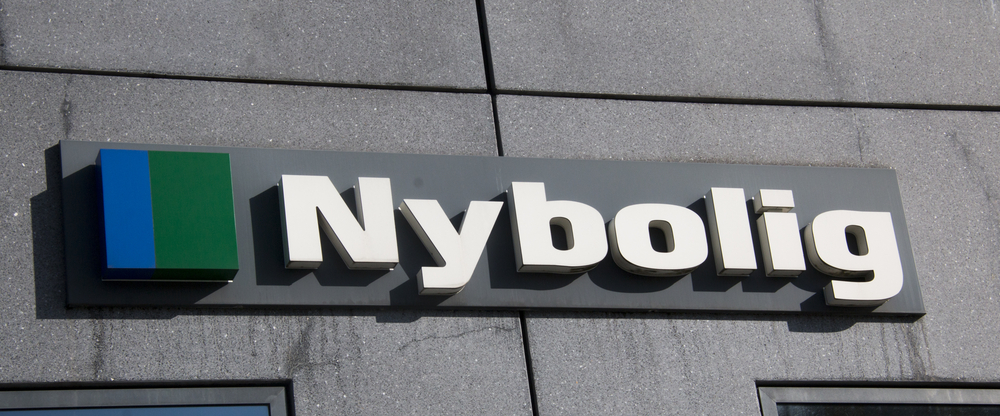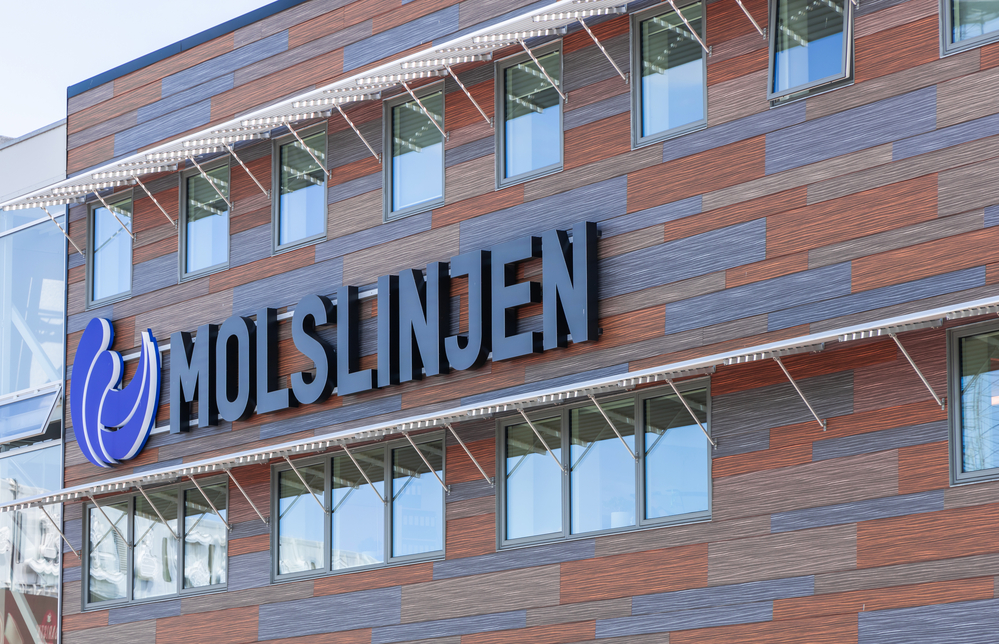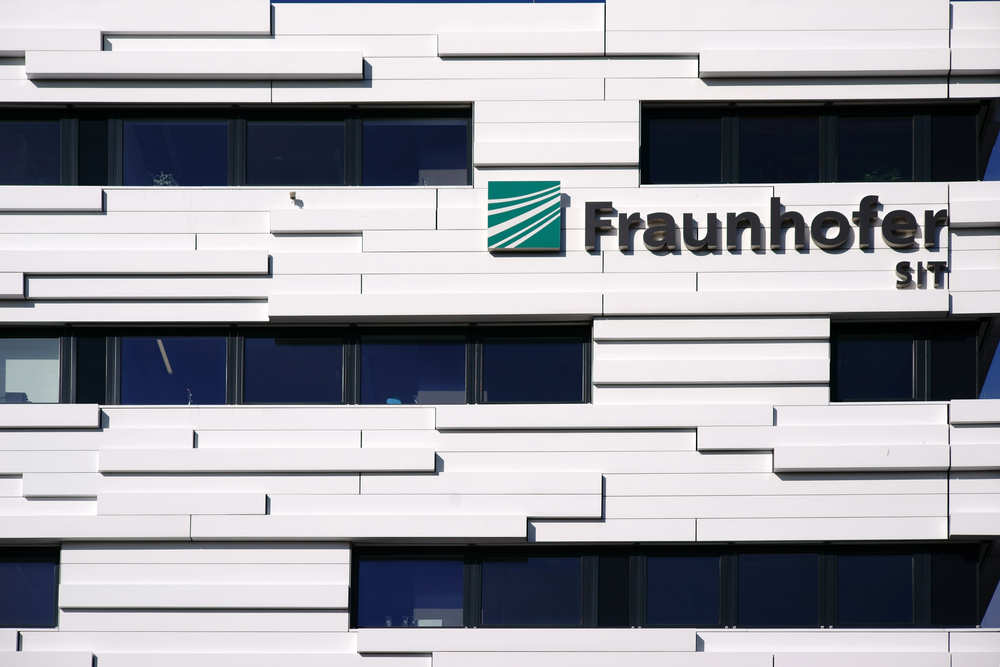Did you know that 76% of consumers have entered a store or business they had never visited before based simply on its signs? For architectural firms, professional signage is crucial in creating positive first impressions and driving business success.
Effective signage is essential for architectural firms to enhance visibility, attract clients, and reinforce their brand identity. This article explores the key elements of designing eye-catching and effective signs that can set architectural firms apart from their competitors.
Key Takeaways
- Client Perception: Effective signage significantly influences how clients perceive an architectural firm, enhancing trust and professionalism.
- Brand Identity: Consistent and high-quality signage reinforces the firm’s brand identity, making it easily recognizable.
- Visibility: Eye-catching signage enhances visibility and attracts potential clients, acting as a 24/7 promoter for the firm.
- Future Trends: Embracing technological innovations, sustainability, and customization can further enhance the effectiveness of signage.
Comparison Table: Traditional vs. Digital Signage for Architectural Firms
Feature |
Traditional Signage |
Digital Signage |
|---|---|---|
Initial Cost |
Lower | Higher |
Content Flexibility |
Limited, requires manual updates | High, allows real-time changes |
Visibility |
Good, static | Excellent, dynamic and eye-catching |
Energy Consumption |
Lower | Higher, but more efficient with LED technology |
Maintenance |
Periodic cleaning and repairs | Regular software updates and technical maintenance |
Customization |
Limited to initial design | High, customizable content and interactive elements |
Engagement |
Lower | Higher, with dynamic and interactive features |
Sustainability |
Depends on materials used | Can be enhanced with eco-friendly technologies |
1. The Importance of Effective Signage for Architectural Firms
Client Perceptions:
Signage significantly influences how clients perceive an architectural firm. A well-designed, professional sign conveys competence, reliability, and attention to detail. When potential clients see a polished sign, they are more likely to trust the firm’s capabilities and consider engaging its services.
Brand Identity:
Professional signage reinforces a firm’s brand identity. It communicates the firm’s values, style, and level of professionalism. Consistent and thoughtfully designed signage helps create a strong, cohesive brand image that clients can easily recognize and remember. This is particularly important for architectural firms, where brand identity can be a key differentiator in a competitive market.
Visibility and Attraction:
High-quality signage enhances visibility and attracts potential clients. In a busy urban environment, an eye-catching sign can draw the attention of passersby and make the firm stand out among its competitors. Effective signage acts as a silent ambassador, promoting the firm 24/7 and ensuring it remains top-of-mind for potential clients.

2. Key Elements of Effective Signage for Architectural Firms
Premium Materials:
Using durable and high-quality materials is crucial for conveying professionalism. Architectural firms should opt for materials like brushed metal, high-grade acrylic, and tempered glass to create a sophisticated and lasting impression. These materials not only look premium but also withstand the elements, ensuring the signage remains pristine over time.
Elegant Design:
Incorporating clean lines, sophisticated fonts, and appropriate color schemes is essential for creating an elegant design. Architectural firms should choose design elements that reflect their style and expertise. An elegant design that is both modern and timeless can effectively communicate the firm’s aesthetic sensibility and professionalism.
Clear and Concise Messaging:
Effective signage communicates essential information clearly and succinctly. Whether it’s the firm’s name, services offered, or contact details, the message should be easy to read and understand at a glance. Avoiding clutter and focusing on key details ensures that the signage is both informative and visually appealing.
Consistent Branding:
Consistency in branding across all signage reinforces the firm’s identity and values. This includes using the same colors, fonts, logos, and design elements that appear in other branding materials like business cards, letterheads, and websites. Consistent branding helps clients easily recognize the firm and builds a cohesive brand image that instills confidence and trust.
By focusing on these key elements, architectural firms can create effective signage that not only looks professional but also enhances client trust and reinforces their brand identity.

3. Types of Signage for Architectural Firms
Exterior Signage
Role: Attracting attention, providing first impressions, and guiding clients.
Examples:
- Building Signs: These are large, prominent signs on the exterior of the building that display the firm’s name and logo. They are crucial for visibility and brand recognition, helping potential clients locate the office easily.
- Window Graphics: These include the firm’s name, logo, and office hours, as well as any other relevant information. Window graphics add to the aesthetic appeal while providing important details.
- Entrance Plaques: High-quality plaques near the entrance provide a touch of elegance and professionalism. They can include the firm’s name, logo, and any accreditations or affiliations, reinforcing credibility as clients enter.
Interior Signage
Role: Enhancing navigation, reinforcing professionalism, and providing information.
Examples:
- Lobby Signs: These signs greet clients as they enter the office, often featuring the firm’s name and logo in a sophisticated design. Lobby signs set the tone for the client’s experience, reflecting the firm’s professionalism and attention to detail.
- Directory Signs: Directory signs help clients navigate the office, listing the names of architects and the locations of their offices, conference rooms, and other important areas. Clear directory signs reduce confusion and enhance the client experience.
- Office Nameplates: Personalized nameplates for individual offices and meeting rooms add a professional touch. They help clients and staff easily identify specific rooms and personnel.
- Informational Boards: These boards can display important announcements, firm achievements, or project updates. Informational boards keep clients informed and engaged while reinforcing the firm’s expertise and commitment to client service.
Digital Signage
Role: Delivering dynamic content and real-time updates.
Examples:
- Digital Displays in Waiting Areas: These screens can show news, project updates, firm achievements, and client testimonials. They keep clients informed and entertained while they wait, enhancing their overall experience.
- Interactive Directories: Touchscreen directories allow clients to quickly find the information they need, such as architect bios, office locations, and available services. Interactive directories provide a modern and efficient way to navigate the office, improving client satisfaction.
4. Designing Eye-Catching Signage
Choosing the Right Materials
Selecting durable and visually appealing materials is crucial. Architectural firms should consider materials like brushed metal, high-grade acrylic, and tempered glass, which not only look sophisticated but also withstand wear and tear. These materials convey a sense of quality and longevity, reflecting the firm’s commitment to excellence.
Aesthetic and Functional Design
Balancing aesthetics with functionality is essential for creating visually appealing and effective signage. Design elements should align with the firm’s brand identity while ensuring that the signage is easy to read and understand. This includes using appropriate colors, fonts, and layouts that enhance both the visual appeal and the clarity of the message.
Color and Font Choices
Color psychology and font selection play a significant role in how signage is perceived. Colors should align with the firm’s branding and evoke the desired emotional response from clients. Fonts should be clear, legible, and professional, avoiding overly decorative styles that can compromise readability. The right combination of colors and fonts can significantly impact how the firm is perceived, reinforcing its professionalism and trustworthiness.
Placement Strategies
Strategic positioning of signs ensures maximum visibility and impact. Signs should be placed at eye level where they are most likely to be seen and not obstructed by furniture or other elements. High-traffic areas, entrances, and key decision points are ideal locations for signage. Repetition of key messages in different locations can also reinforce the information and improve recall.

6. Future Trends in Signage for Architectural Firms
Technological Innovations
Emerging technologies are revolutionizing the signage industry, offering new ways for architectural firms to communicate with clients and enhance their brand presence. Some key innovations include:
- Digital Displays: These offer dynamic content capabilities, allowing firms to showcase portfolios, client testimonials, and real-time updates. Digital displays can be easily updated, ensuring that the information is always current.
- Interactive Elements: Touchscreen directories and interactive maps enhance the client experience by providing easy access to information. Clients can navigate through services, view project details, and even schedule appointments directly from the signage.
- Augmented Reality (AR): AR can provide immersive experiences, allowing clients to visualize projects and designs in a real-world context. This technology can be integrated into digital signage to create engaging and informative displays.
Sustainability
Sustainable practices are becoming increasingly important in all aspects of business, including signage. Architectural firms can demonstrate their commitment to the environment by incorporating eco-friendly signage solutions:
- Recycled Materials: Using recycled materials for signage construction reduces environmental impact and promotes sustainability.
- Energy-Efficient Lighting: LED lighting is both energy-efficient and long-lasting, reducing electricity usage and maintenance costs.
- Sustainable Printing: Eco-friendly inks and printing processes can further minimize the environmental footprint of signage production.
Customization and Personalization
The future of signage lies in customization and personalization, driven by data analytics and user preferences. This approach ensures that signage is not only effective but also resonates with clients on a personal level:
- Data-Driven Insights: By analyzing client data, firms can create personalized signage that addresses specific needs and preferences. This can include targeted messages, customized content, and even personalized greetings.
- Modular Designs: Customizable and modular signage designs allow firms to easily update and adapt their signage as their needs evolve. This flexibility ensures that the signage remains relevant and effective over time.
Conclusion
Summary
Effective signage is crucial for architectural firms to enhance visibility, attract clients, and reinforce their brand identity. By focusing on premium materials, elegant design, clear messaging, and consistent branding, firms can create eye-catching signage that sets them apart from competitors. Embracing future trends such as technological innovations, sustainability, and customization will further enhance the impact of signage.
Call to Action
Architectural firms should invest in eye-catching and effective signage to boost their visibility and attract more clients. Effective signage not only enhances client perceptions but also strengthens the firm’s brand identity and professional image.
Contact Information
For expert signage solutions, contact Tupp Signs today. Elevate your architectural firm’s brand with stunning, professional signs that reflect your unique identity. Visit our website or fill out our contact form to get started on designing the perfect signage for your firm.
Checklist for Designing Effective Signage for Architectural Firms
-
Determine the Purpose:
- Identify the primary function of the sign (e.g., branding, wayfinding, informational).
-
Choose the Right Materials:
- Select durable, high-quality materials like brushed metal, high-grade acrylic, or tempered glass.
-
Design with Clarity:
- Use clean lines, sophisticated fonts, and high-contrast colors for readability.
- Ensure the message is clear and concise.
-
Ensure Consistent Branding:
- Use the same colors, fonts, and logos across all signage to maintain brand consistency.
-
Strategize Placement:
- Place signs at eye level and in high-traffic areas for maximum visibility.
- Consider sight lines and potential obstructions.
-
Incorporate Technological Elements (if applicable):
- Utilize digital displays and interactive elements for dynamic content and engagement.
-
Adopt Sustainable Practices:
- Use recycled materials and energy-efficient lighting options.
- Consider eco-friendly printing processes.
-
Compliance and Accessibility:
- Ensure signs meet local regulations and ADA guidelines.
- Include tactile elements and proper contrast for readability by all visitors.
-
Plan for Maintenance:
- Schedule regular inspections, cleaning, and updates to keep signage effective.
-
Evaluate and Update:
- Regularly assess the effectiveness of the signage and make necessary updates based on feedback and performance.

